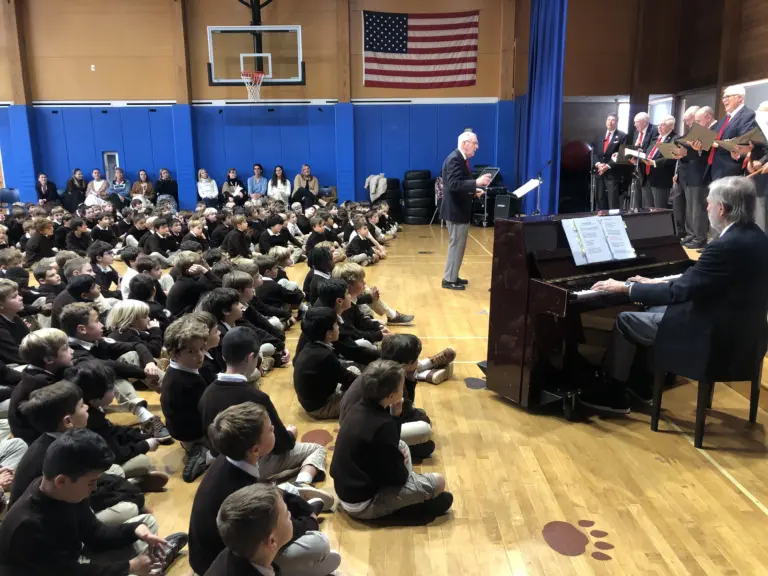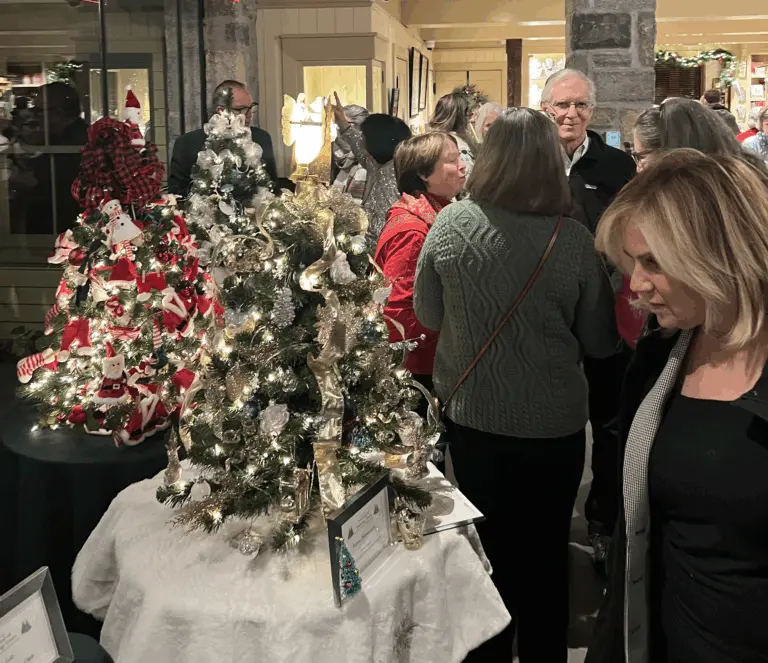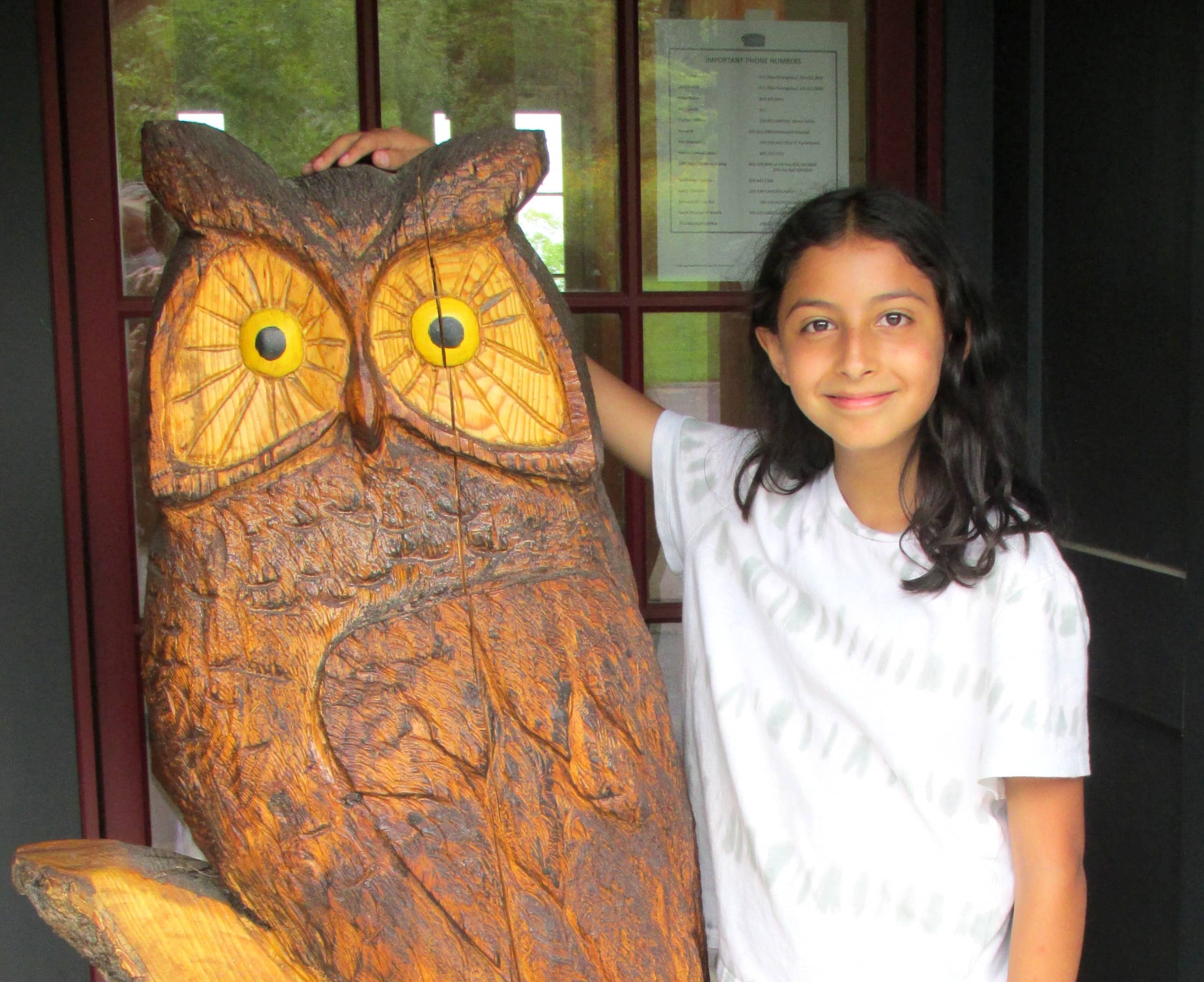
By Anne W. Semmes
Cristina Buccieri, age 12, can trace her fascination with birds beginning four years ago witnessing the migration of hawks in late September at the Greenwich Audubon Center. “Everywhere you looked in the sky you saw one. It was one of the moments that just gave you some sort of hope, something that lifted you off your feet. It was incredible. You get these masses of birds – once we got around 2,700 birds of Broad-winged Hawks in these huge circles, which we call kettles. Everybody can experience this – you just need to go out and learn. That’s why I try to insist that my friends come and visit Greenwich Audubon because it’s so amazing.
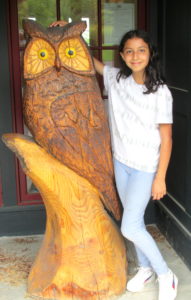
“The only thing is you have to open your eyes and start looking up, start noticing the bird calls you hear around you because we hear them all the time in the morning – we have that whoo, whoo of the Mourning Dove. We hear all these sweet songs of the Carolina Wren and all these Song Sparrows.”
There’s no doubt Cristina is growing into a passionate advocate for learning about nature, beginning with birds. She just finished five weeks at the Audubon Center Summer Nature Day Camp. When she wasn’t soaking in her learning, she was teaching other campers and counselors. “I pointed out a couple of woodpecker sounds that we heard in the distance. I was talking to my counselors…actually sharing some birdcalls I knew that they didn’t know, the Yellow Warbler’s ‘sweet, sweet so sweet’…about the Goldfinch which has the phrase ‘potato chip, potato chip,’ and the White Throated Sparrow, that goes, ‘oh sweet Canada, Canada, Canada.’”
So, what is Cristina aspiring to? What her Audubon mentor Ryan MacLean does as bird education specialist. “I want to share my knowledge with other people. And I also want to do a career that impacts with my love of birds.” [Historical note: Ryan MacLean first came to the Audubon Center age 12 and by 13 was learning about owls from now retired bird education specialist Ted Gilman.]
Cristina shares some of those magical bird moments MacLean has brought to her over the years at Audubon. “So, he taught me about the Woodcocks, and he invited us over at night to go look at the Woodcocks display. And he was shining his flashlight along the trail, and we saw the Woodcocks going ‘beep, beep, beep,’ and displaying. They then flew up 100 feet in the air in circles making this fluttering, ‘chich, chich, chich’ sound in their wings, and then suddenly they just dropped down, landing in the exact same spot they were in before.”
But there was a double feature. “As he was shining his light, the Woodcocks flew away, and then we saw two bright eyes fluffing back at us, a rabbit hopping along. And we realized why it ran so fast – two young bobcats came onto the road staring back at us, and then they walked away. It was amazing.”
Then there was the call from Maclean to come to that other birding spot, the Edith Read Sanctuary in Rye. “And we saw this beautiful white Snowy Owl sitting on a branch of a dead tree. There you can see tons of Barn Owls which are just as beautiful, with their big faces and their monkey calls, like, ‘who cooks for you, who cooks for you.’”
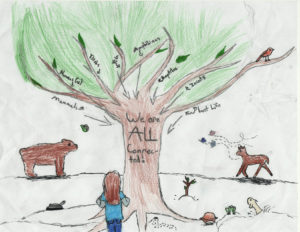
Cristina adds one more magical moment at the Audubon Center. “Suddenly someone points out these things that look like geese. But then they start to come closer, and we see these beautiful long necks with the red on the top of their head. It was beautiful Sandhill Cranes and there were three, and it was at sunset. It was a really beautiful moment we shared.”
Then there was her discovery last year of a birder’s life list. “Ryan told me about the Audubon app that you can download that actually lets you make your own life list. So, basically this app allows you to identify different birds. It has a lot of cool features. It’s where you count every species of bird that you’ve never seen before.” After Cristina counted the birds she’d already seen her total come to 126, after seeing that Green Heron. [The Audubon Center’s species record is approximately 230]. “I really think the life list is cool to keep track of,” she says, “Like some people have thousands of species on their life list, and once you reach an older age it’s nice to see how many you have.”
For Earth Day last year Cristina planted an organic garden in the front lawn of her Port Chester home. “So, the organic gardens mainly consist of vegetables and natural fertilizer because I’ve learned that pesticides sink into the ground and get into underground waterways, or when a storm comes and washes it out from the grass.” She’s raised a total of 60 Monarch butterflies off the milkweed she planted, including an albino Monarch. “If you’ve seen a Monarch butterfly it’s exactly what they look like but everything that’s orange on them is white. It’s beautiful.”
Cristina submitted a video of her garden with its pole of six bird feeders to Audubon that was shown in an Audubon zoom call. Her gardening became a teaching moment, learning about the connection between pesticides and fish in Long Island Sound. “And we get fish from there. So, let’s say it’s almost like self-poisoning because a fish comes to us, and we eat the fish.”
Cristina’s desire to share what she’s learned has her proposing a nature club to the principal of her school, Corpus Christi Holy Rosary where she’ll be entering the seventh grade. “My principal
actually accepted the idea and she said we might do it,” she tells, her fingers crossed.
“Some kids are in their own world in my class. Some of them don’t want anything to do with it, so it might take a while. But some of them every time I’ve spotted a Turkey Vulture, or a Red-tailed Hawk over the blacktop during recess, they’ll say, ‘Where, where…that’s so cool.’ So, I think some of them are like really excited about nature. Some of them got really curious and when they found out I was creating a club they said, “Sign me up right away when it opens!”

